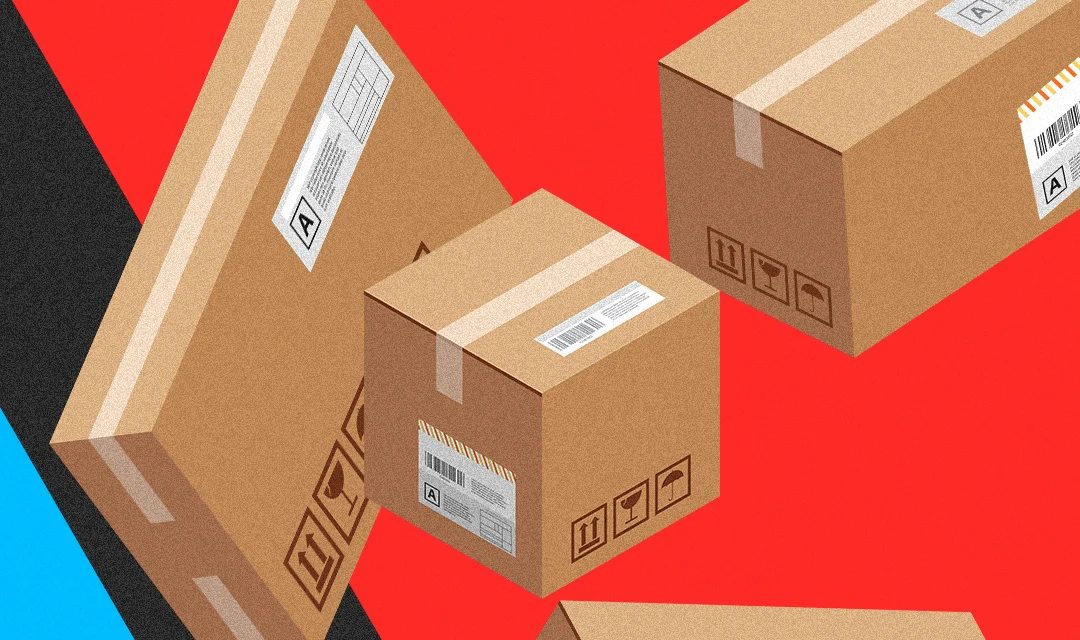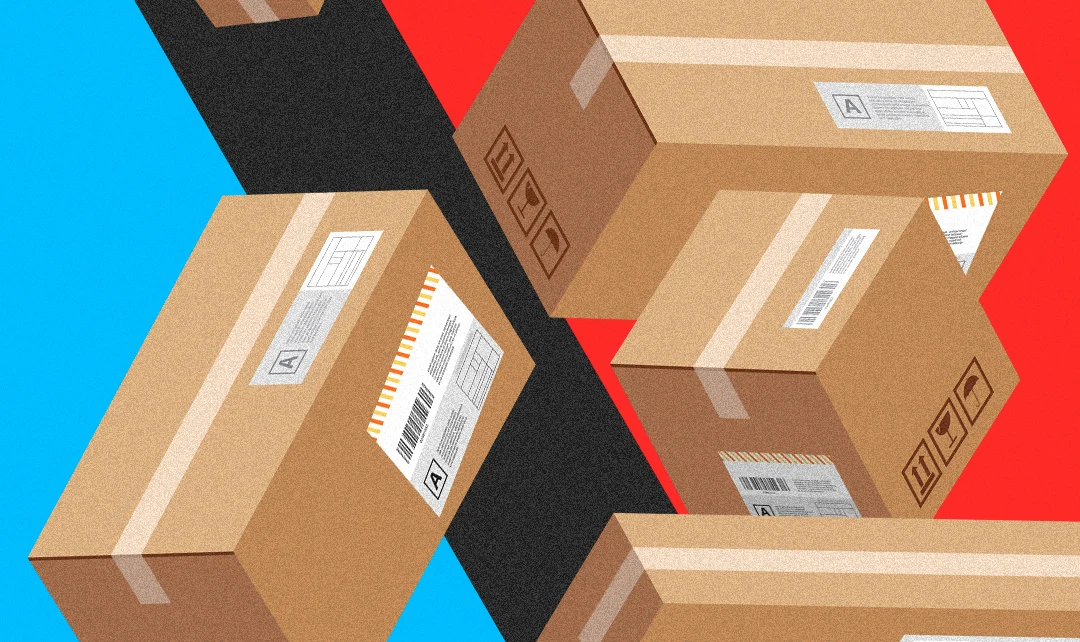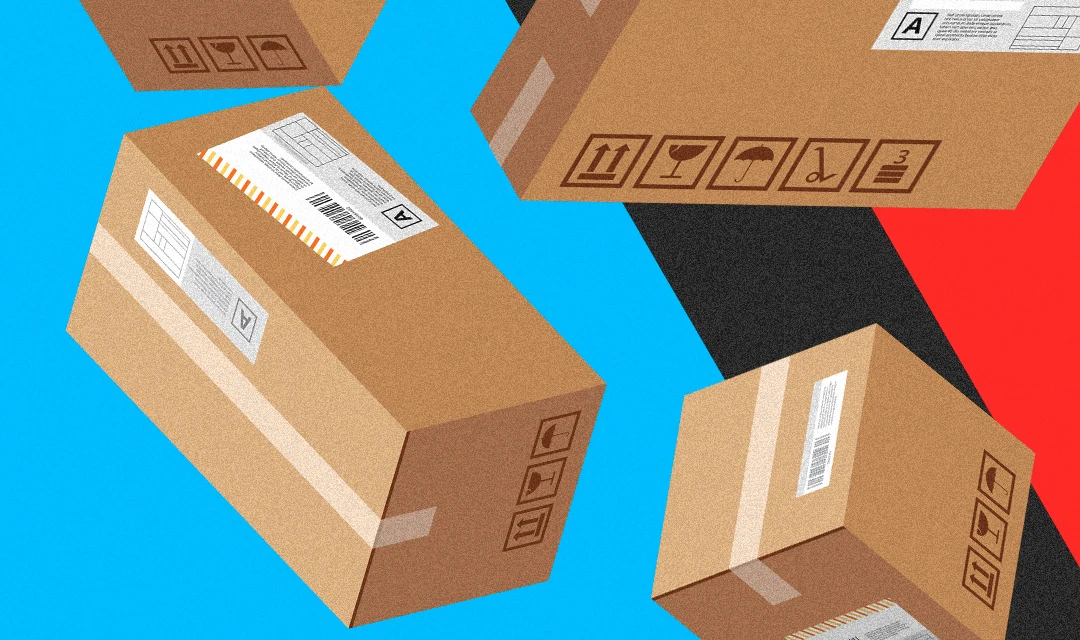Are you addicted to online returns? As a former returns junkie myself, let me explain what it looks like.
A decade ago, while I was supposed to be finishing up my dissertation, I procrastinated by shopping online. When I needed a break from my work, I would browse on Zappos, even though I didn’t need a new pair of shoes. If I spotted a pair I liked, I might order it in a few sizes to see which one fit best. When they arrived the next day, I would have fun trying them on in my living room. In the end, I often decided not to go through with the purchase, I would enjoy neatly packaging everything back up, then sending it back in the mail.
Little did I know that there’s a term for this behavior. In the industry, this notion of buying multiple variations of a product with the intent of returning most of them is called “bracketing.” And the truth is that people who “bracket” frequently tend to drive more than their fair share of online returns. Narvar, a platform that helps brands share shipping information with customers, says in its new annual report that “a small percent of shoppers comprise a disproportionate percent of returns.” A full 38% of customers Narvar surveyed don’t replace or exchange items they return, suggesting they did not need that item but were simply checking it out.

Today, I am a little horrified by my behavior. I eventually got over my addiction because I got too busy to make regular trips to the post office. But I now realize that those “free” returns were not free at all. For starters, returns will cost companies $550 billion by 2020, which is 75% more than four years prior.
But there are other costs that are harder to quantify. Shipping goods back and forth generates unnecessary greenhouse gases that are accelerating climate change, as I’ve reported in the past. In the U.S., transportation has overtaken power plants as the top producer of emissions, and the bulk of this comes from last-mile deliveries, in the form of trucks delivering our packages. And speaking of packaging: Let’s not forget the massive quantity of cardboard boxes and plastic wrappers that are generated in the returns process.

Unfortunately, Narvar’s report suggests that returns around the world are only going up. Free returns have now become table stakes for any brand that wants to operate online. This is thanks to platforms like Amazon, the world’s largest online retailer, which has made easy online returns part of its business, setting the standard for the rest of the industry. According to Narvar’s research, shoppers in the United States, the United Kingdom, France, Germany, and Australia all expect free return shipping. In fact, consumers actively hold back from making a purchase if a brand had return shipping or restocking fees, or if the return policy wasn’t clearly listed on the website.
It’s important to note that consumers aren’t the only ones to blame when it comes to these returns. The top reasons for returns among all consumers was that the size, fit, or color of the product was wrong, or the item arrived damaged. In some cases, the product wasn’t as depicted in the description or product photo. Companies have a long way to go to ensuring that the photography on the website is actually informative to the consumer. For instance, few brands uses models that reflect a wide range of shapes and sizes, making it difficult for the customer to figure out if a dress or jeans would work on their body type.

Even though returns seem to be increasing, it’s possible to imagine a future in which we actually cut down on this behavior. Consumers originally turned to online shopping because shopping at stores had become so unsatisfying—leading to what was known as the retail apocalypse, which saw thousands of stores around the country shuttered. But many startups that first launched online, like Everlane, Away, and Warby Parker, have reinvested in brick-and-mortar. This makes it easier for you to see products in person, which means that if and when you do decide to make an order online, you know what you’re getting.
As consumers, we too can play an active role in decreasing the environmental impact of online returns. For me, this involved no longer treating online shopping as a form of free entertainment. Because it’s clear that even though returning products comes at no financial cost to the customer, it’s far from free.
Recognize your brand’s excellence by applying to this year’s Brands That Matter Awards before the early-rate deadline, May 3.